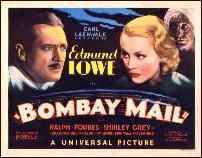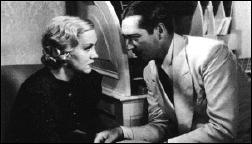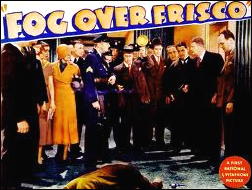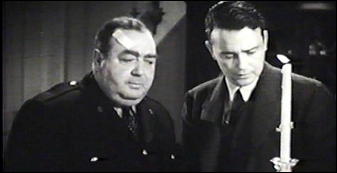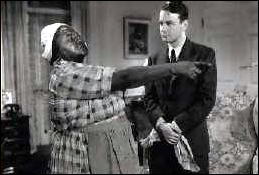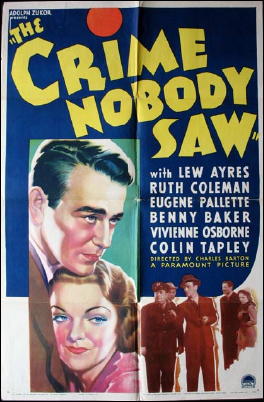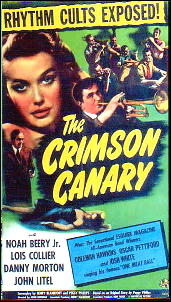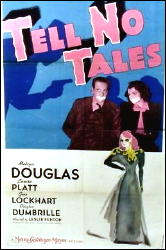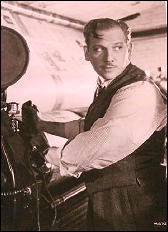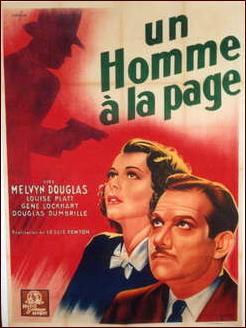Thu 2 Jun 2011
Convention Report: CINEVENT 43, by Walter Albert.
Posted by Steve under Conventions , Mystery movies[2] Comments
by Walter Albert
Bombay Mail was screened at Cinevent in Columbus, this past weekend. I certainly agree with Steve’s assessment of the film, reviewed here, which is fun but cluttered with too much plot and too little development of the large cast of characters. This might, however, repay a visiting, and Steve, I’d be interested in your take on the film after a second viewing.
There were several crime films screened, and, of the ones I saw, I was most impressed by The Under-Cover Man, a 1932 Paramount Publix release, that gave George Raft his first starring role. He had no great range as an actor, but the role, that of a small-time crook who goes undercover for the police to help them catch the murderer of his father, nicely suited his talent. It also helped that he had a strong supporting cast that included Nancy Carroll, Lew Cody, David Landau, Gregory Ratoff and Roscoe Karns.
I was less impressed by a British film, Appointment with Crime (a British National release, 1946), a grim little drama that was marred by a badly written climax that may have been scripted to satisfy a morality code demanding a “suitable†punishment for the criminal lead (Kenneth Harlan). There were some striking performances, most notably that of Herbert Lom as an upperclass villain, standing out among the lowlifes he dealt with.
An oddity was Blondie Has Servant Trouble, an old house mystery in the long-running Columbia series based on the even longer-running newspaper strip. I’ve seen the movie more than once (and I did see it on its original release) and it’s probably the only one of the series that I would watch again.
An enthusiastic Variety review is quoted, and, with even a modicum of encouragement, I will pull the film from my box set of the complete series (now you know the probably awful truth about my taste in films) and see if it’s held up for me.
For the record, the films I most enjoyed at the convention were Dick Turpin (Fox 1925; John G. Blystone, director; starring Tom Mix); The Virginian (B. P. Schulberg Productions, 1923; Tom Forman, director; Kenneth Harlan (The Virginian), Florence Vidor (Molly Woods), Russell Simpson (Trampas), and Pat O’Malley (Steve); and Mare Nostrum (MGM, 1926; Rex Ingram, director; Alice Terry and Antonio Moreno).
I will add that Ellery Queen’s Penthouse Mystery (Darmour Inc./Columbia release, 1941; James Hogan, director, Ralph Bellamy, Margaret Lindsay, Charley Grapewin, and Anna May Wong, among a cast of familiar faces) seemed to me a silly travesty of the EQ character, with Bellamy dithering through much of the film over Nikki Porter’s “meddling†in a murder investigation instead of sticking to her typewriter and working on his latest novel.
After the screening, when a friend asked me what I thought of the film, and I told him, it was only then that he told me that, fired by his enjoyment of the film, he had bought a complete set of the Queen films from one of the convention dealers. Not one of my more comfortable moments during the convention.
